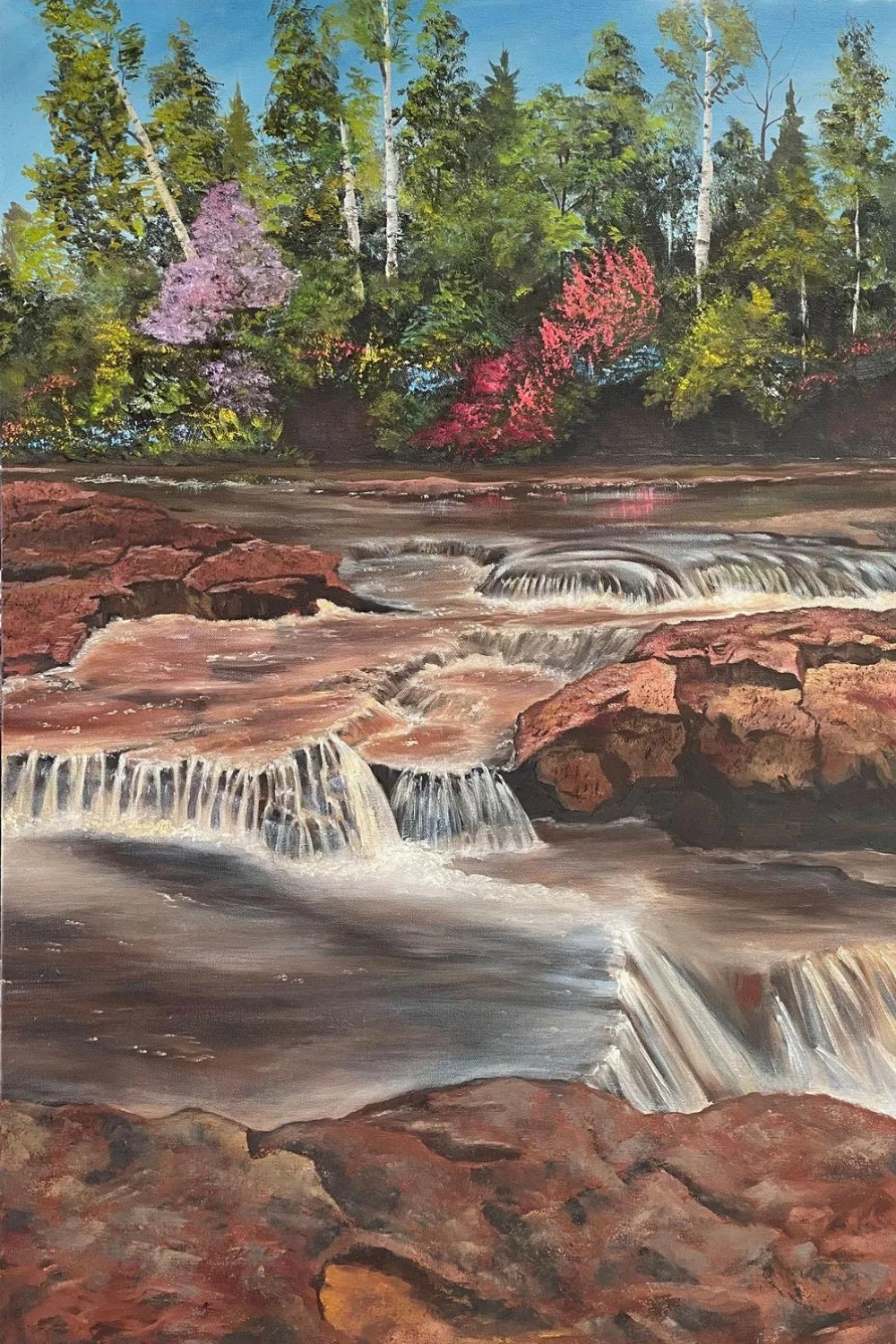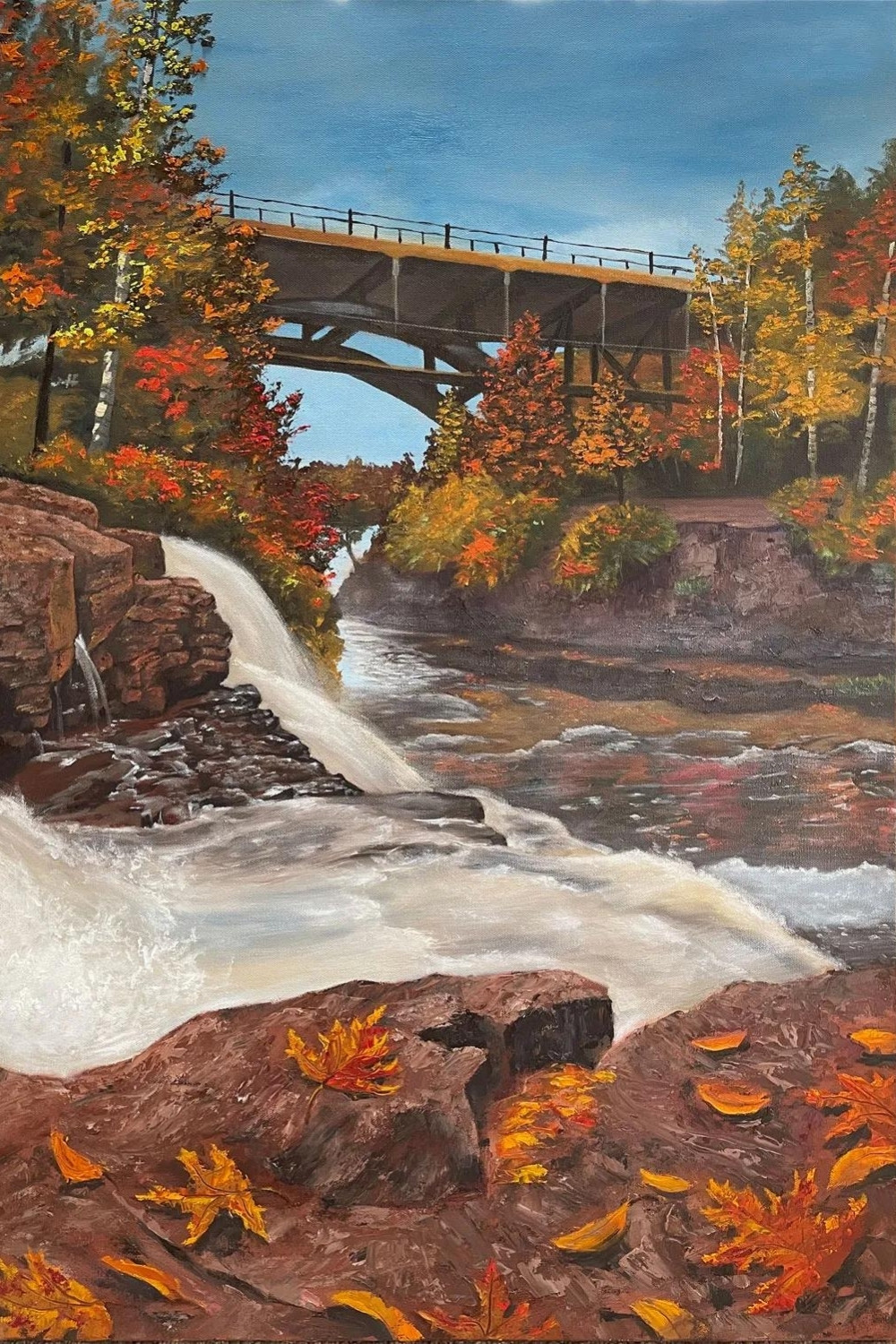The Fusion of Horizons

Photo courtesy Nicole Avagliano
Drawing is seeing. Seeing is understanding. Understanding is the beginning of wisdom.
This is why I draw.
When I hear or read words I immediately see pictures and am compelled to draw them in a way that makes sense to my thinking. This helps me both to remember what I heard, and to process the concepts into something that is cohesive and compelling for me.
I’ve been following Tripp Fuller’s Homebrewed Christianity podcast since it started in 2008. When I heard that Tripp was going to do an online course with Diana Butler-Bass called "Jesus De/Constructed" during Lent 2022 I was compelled to take it. Whenever I take a course I open up the Procreate App on my iPad, get out my Apple Pencil and take visual notes that include cartoons, colors, and lots of mind-mapping. I posted my notes on the Facebook group for the class and people responded positively. I continued to take notes on all the class sessions and on the books that Diana and Tripp wrote.
Here's an example…

When I heard that Tripp was going to do a class with John Cobb to introduce Process Theology, I was equally compelled to take notes. These colorful notes caught the attention of the Cobb Institute and led to an invitation to discuss why I take visual notes and how creativity works together with scholarship and spirituality.
Here are notes from session 3.

I’m honored to share a small part of my journey.
Two passions have guided my life. The first is art, the second is theology. These passions have sometimes seemed in competition with one another, like two wild stallions unwillingly yoked together. They have learned to find each other’s stride as I have matured and, when they are synchronized, life is rich and fulfilling…and very visual.
My skills and passions for art have been with me as long as I can remember. Most young children draw. I never stopped. My parents and my teachers fanned the flame of my art throughout my school years. I studied animation and film making along with the classical skills of drawing and painting at Wheaton College in the late 1980s. I have been a free-lance illustrator and animator ever since.
My second passion is theology. I am a pastor’s kid and have never known life without the reality of Jesus and the importance of scripture in my life. This passion led me to an M.Div., 28 years of local church ministry, a PhD, and, now serving as an Associate Professor of Spiritual Formation at Luther Seminary.
My art and scholarship have always worked together. In second grade I asked my Dad if we could draw a map of the Roman Empire and visually plot out Paul’s Journeys on it as we read the book of Acts together. We did, and it was a blast. I haven’t stopped drawing my way through the Bible since. See www.cartoonistbible.com for over twenty years’ worth of Bible illustrations that I have created for various classes, studies, and sermons. This fusion of drawing and learning persisted all the way through my PhD work at Luther Seminary. I may have one of the only animated and cartoon-illustrated dissertations on theology published.

Images speak to us in ways that words cannot. Words alone speak to only one-third of the human intelligence system. Cynthia Bourgeault, an episcopal priest and theologian, argues that humans have three centers of intelligence: the rational intelligence, the movement intelligence, and the emotional intelligence. We also know these centers as the Mind, the Body, and the Spirit. The Mind processes abstract information and observes nature through dissection and analysis. The Body experiences the physical reality of the universe and knows by doing. The Spirit encounters the universe and empathically connects through intuition or emotion.
Words speak more to the Mind, especially if the words are purely didactic and not attempting to tell a story or paint a word-picture. Visuals, on the other hand, connect to the Body and the Spirit. We physically see an image or object. The image connects to the viewer in a way that moves beyond rational thought and relates the image to lived experiences, both body and spirit, that the viewer may not be able to articulate, or hear, in words. When this visceral, supra-rational experience of viewing the image is combined with compelling words that connect to scripture, then preachers and teachers can more effectively help the audience see the message. We can help them see Jesus and how the Gospel connects to their own lived experience.
Hans Georg Gadamer talks about the play that happens between the viewer of a piece of art and the art itself. In each interaction between art and viewer something new happens that is unique to that moment. Gadamer calls it the fusion of horizons where the interaction creates something new that expands the viewer into a new way of being in the world. This playful interaction is part of the process that art—and creativity/God—opens up for us to lure us into the good, the beautiful, and the truthful next moment.
Each stroke that I make on a piece of paper, a canvas, a digital screen is an exploration of the universe that allows me to see it more deeply, to understand what it is, how it works, and what it means, so that I might, hopefully, become a little wiser and a little more in tune with what God is doing and inviting us into becoming next.
Art is life.
Here are some examples of my work.
On the playful side…

Some caricatures…

Images speak to us in ways that words cannot. Words alone speak to only one-third of the human intelligence system.

Oil Paintings





My skills and passions for art have been with me as long as I can remember. Most young children draw. I never stopped.
Digital Fantasy
Words speak more to the Mind, especially if the words are purely didactic and not attempting to tell a story or paint a word-picture. Visuals, on the other hand, connect to the Body and the Spirit. We physically see an image or object. The image connects to the viewer in a way that moves beyond rational thought and relates the image to lived experiences, both body and spirit, that the viewer may not be able to articulate, or hear, in words.



